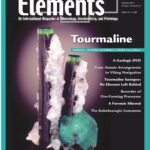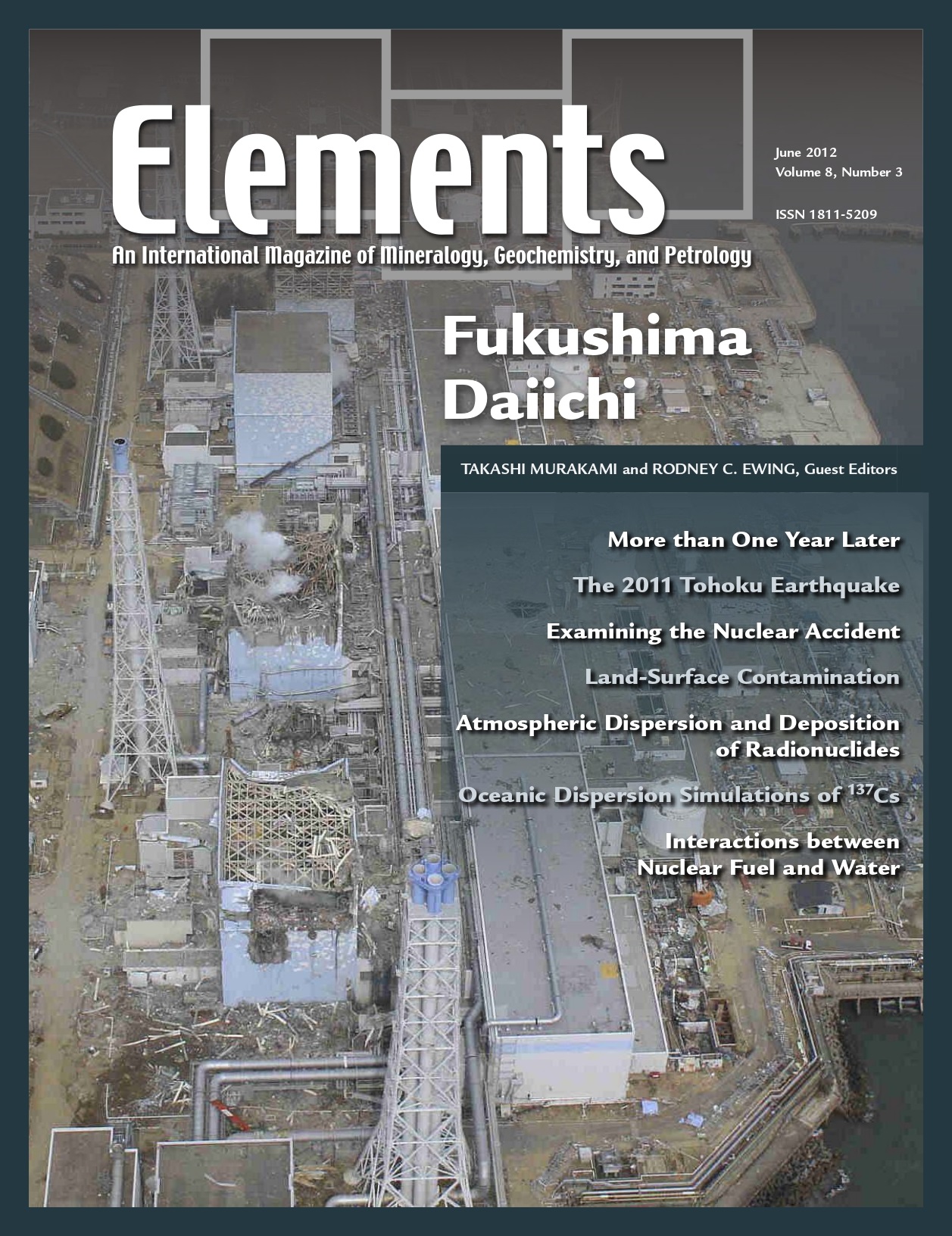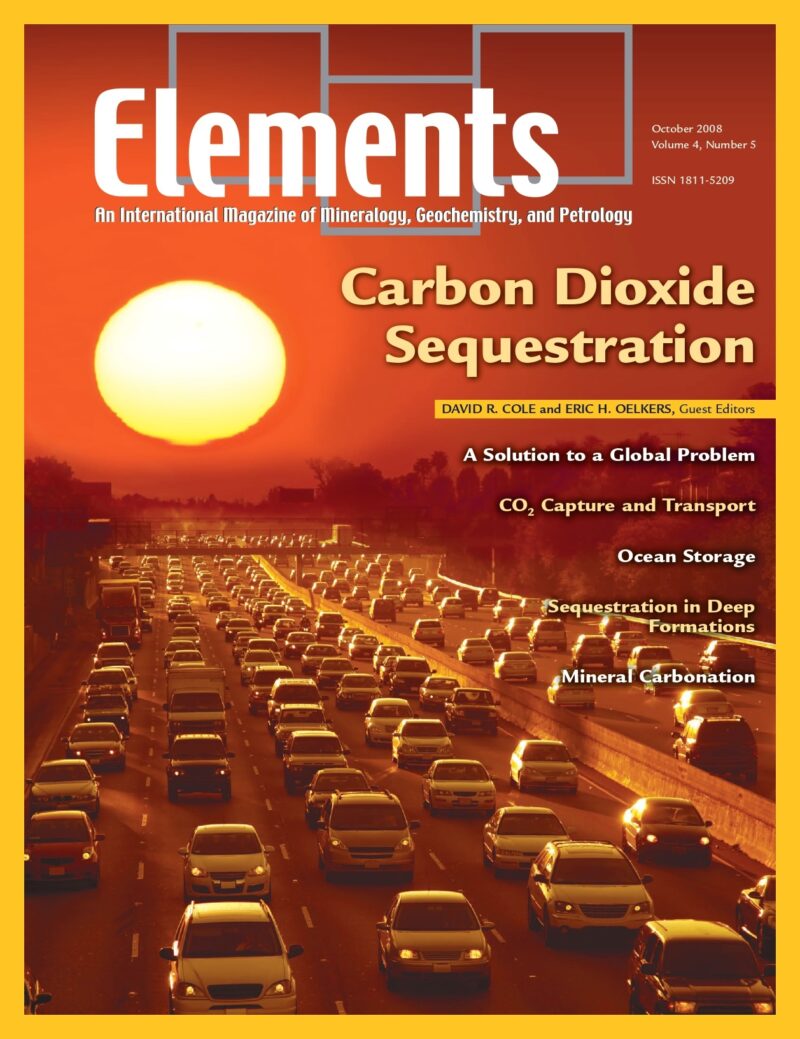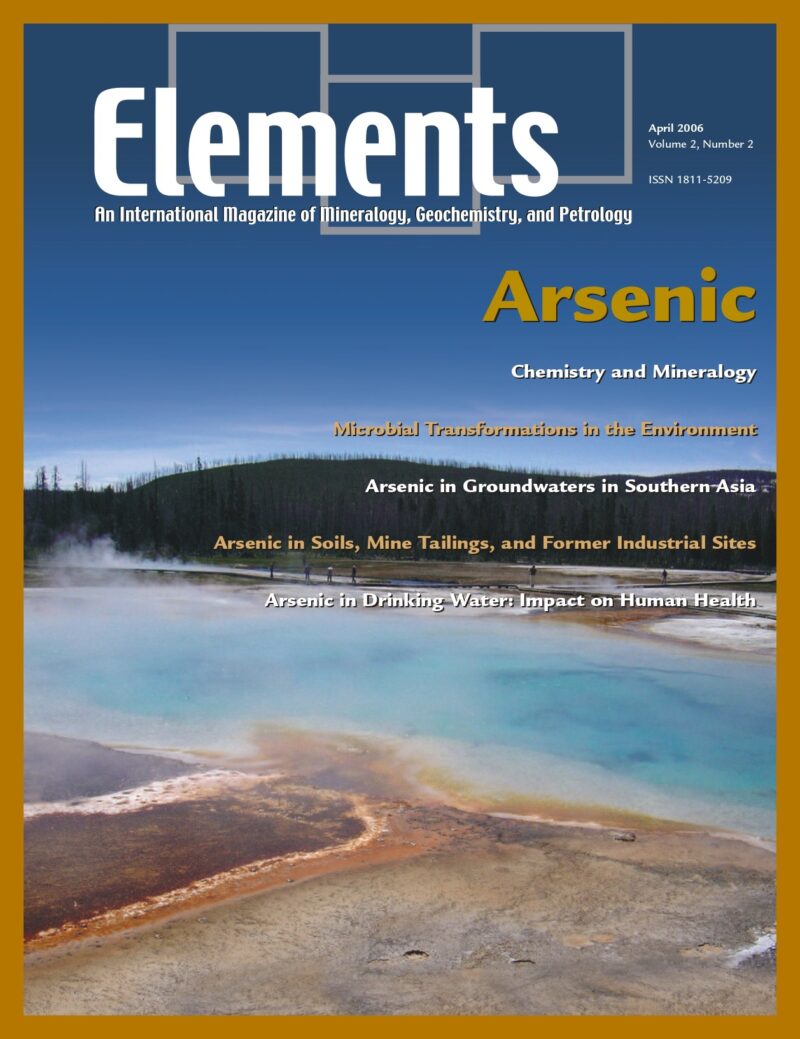
Tourmaline, October 2011, Vol. 7, No. 5
June 28, 2024
Rare Earth Elements, October 2012, Vol. 8, No. 5
June 28, 2024Fukushima Dai-Ichi, June 2012, Vol. 8, No. 3
$20.00
On March 11, 2011, an earthquake and tsunami hit Japan, killing more than 20,000 persons, displacing tens of thousands, and causing havoc in the infra structure and economy of the country. In the aftermath of this tragedy, the cooling systems of three of the operating reactors at the Fukushima Daiichi nuclear power station failed and meltdown of the reactor cores occurred.
Fukushima Dai-Ichi
June 2012, Vol. 8, No. 3
On March 11, 2011, an earthquake and tsunami hit Japan, killing more than 20,000 persons, displacing tens of thousands, and causing havoc in the infra structure and economy of the country. In the aftermath of this tragedy, the cooling systems of three of the operating reactors at the Fukushima Daiichi nuclear power station failed and meltdown of the reactor cores occurred. Over the following days, a series of hydrogen gas explosions took place. Radionuclides (mainly 131I and 137Cs) were released to the atmosphere and transported over many tens of kilometers from the site, contaminating soil and water. Seawater was used to cool the damaged reactor cores, and water contaminated with radio activity was released to the ocean. Considerable amounts of used fuel were stored in nearby pools, and with the loss of water, the pools contributed to the release of radioactivity. One year after the tragedy at Fukushima, this issue of Elements provides a summary of what is known about the environmental impact of this nuclear accident.
Why You’ll Love Elements Magazine:
- Expert Contributors: Articles written by renowned researchers in the field of geoscience.
- Engaging Content: Join a community of readers who are passionate about Elements.
- Exceptional Quality: Each issue is printed on high-quality paper with stunning visuals and detailed illustrations that bring complex scientific concepts to life.
Order your copy of the June 2012 issue of Elements magazine today and learn about Fukushima Dai-Ichi.
Related products
-
Carbon Dioxide Sequestration, October 2008, Vol. 4, No. 5
$20.00Storage of carbon in the subsurface involves introduction of supercritical CO2 into rock formations beneath the surface of the Earth, typically at depths of 1000 to 4000 meters. Although CO2 is a relatively benign substance, the volume being considered is large.
-
Arsenic, April 2006, Vol. 2, No. 2
$20.00Arsenic is an element known throughout history as a classic poison. Currently, very small but highly significant concentrations of this element in drinking water supplies are causing massive health problems to many millions of people in some of the world’s poorest nations, and more localised sources related to mining and processing are also a concern.
-
Zircon – Tiny But Timely, February 2007, Vol. 3, No. 1
$20.00Where would Earth science be without zircon? As Earth’s timekeeper, zircon has proven to be a remarkable and versatile mineral, providing insights into deep time and ancient Earth processes. However, there is still much to learn about Earth’s history from zircon and its behaviour.




